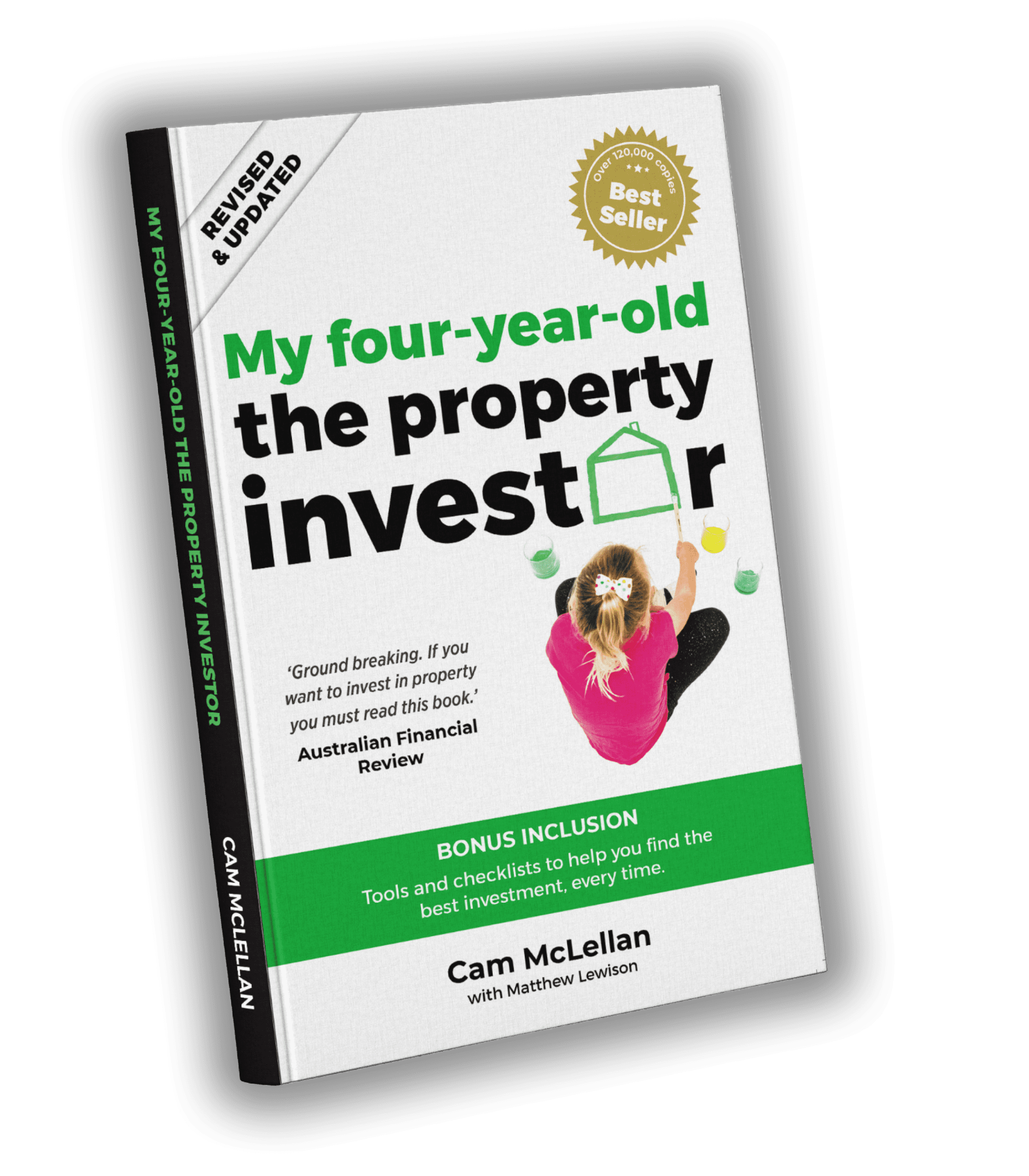Many people believe they need to pay off their home and then save up for another deposit before they even start looking into investment properties. But that’s not how property investors should operate.
The best way to finance your next investment property is by leveraging your available equity, rather than using cash.
What Is Equity?
Equity is the difference between the market value of your home and the outstanding amount you owe to the bank. So if, for example, your property is worth $600,000 and you still owe $350,000 to the bank, your equity amounts to $250,000.
You usually get equity if you have paid down your loan or if your home has increased in value. You can then use this equity as a deposit to buy an investment property.
Here at OpenCorp, we strongly advise you use your equity on investments, since it’s tax deductible. Using equity to fund additional investments and putting any surplus cash into paying off your mortgage is a great way to reduce your home loan while maximising your tax deductibility.
How It Works
1. Find Out If You Have Equity
To find out whether you have enough equity, you need to conduct a property valuation on your home. Your bank will usually be willing to do this.
2. Calculate Your Useable Equity
It’s worthwhile noting that most banks will usually only let you access 80% of the value of your property. So you probably won’t be able to use the full amount of your equity unless you take out Lenders Mortgage Insurance (LMI).
In fact, when you do the sums, 80% is considerably less than your total equity. Returning to our sums above, if your total equity is $250,000, but you can only borrow 80% of the current valuation less mortgage, this becomes:
$600,000 x 80% – $350,000 = $130,000
In any case, it’s not advisable to use all your useable equity in one go, since it’s good to keep some on the side for maintenance, repairs or emergencies.
Even with equity, you’re not guaranteed a loan, since the bank also considers your age, dependents, additional debts, and plenty of other factors before agreeing to let you access your equity.
3. Work Out Your Budget
The general rule of thumb is that you can borrow four times the amount of your useable equity. In this case, that would be $520,000. Meanwhile, your equity covers the deposit and other purchasing costs, such as stamp duty.
4. Accessing Your Equity
If you have enough equity to use as a deposit on an investment property, it’s far better to create a line of credit and a separate loan for your second property, rather than using a redraw facility.
If you use a redraw facility, you’ll simply be increasing your mortgage, which just means extra debt that can only paid off with your post-tax salary. A separate loan means your mortgage is untouched, but you get tax deductibility on your equity, since you’ve used it to reinvest.
Whatever you choose to do, we don’t recommend you dive in head first without knowing what you’re diving into. Property investing is a huge financial commitment, so it’s essential you educate yourself before investing.
This includes:
• doing your market research
• only investing if you know you can cover the repayments
• speaking with a professional property investor so you thoroughly understand how using equity works.
Learn more about using equity – and some of our other top property investment tips – by reading our Property Finance Mini Guide today.








